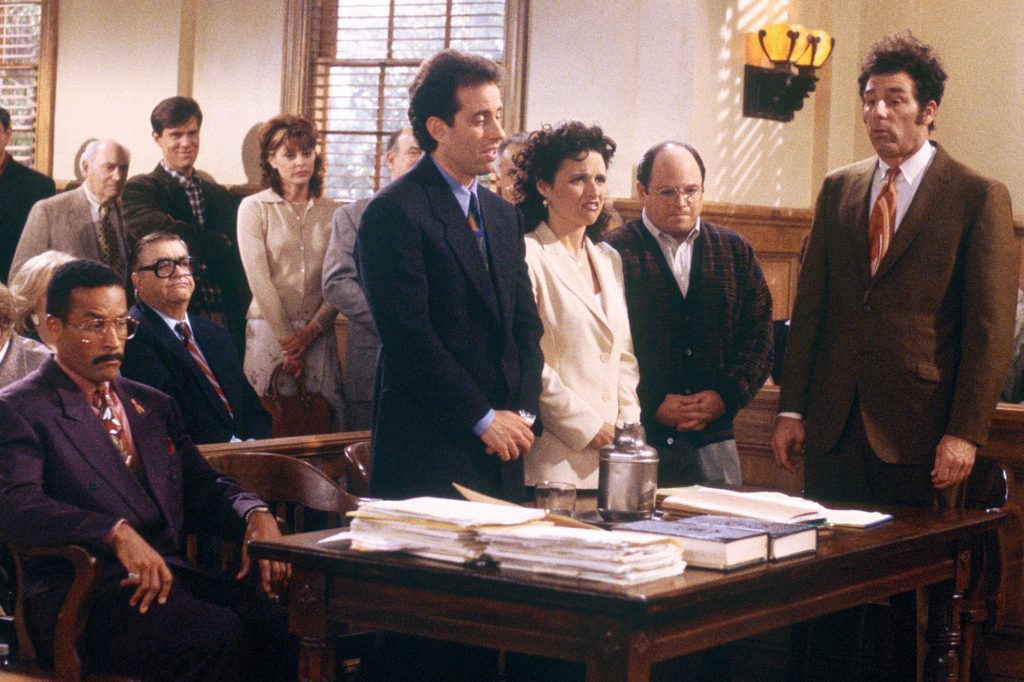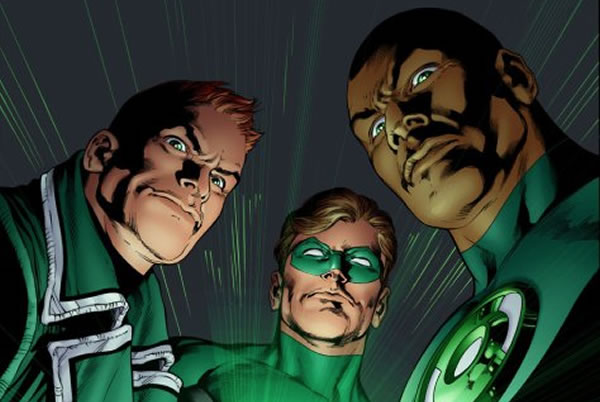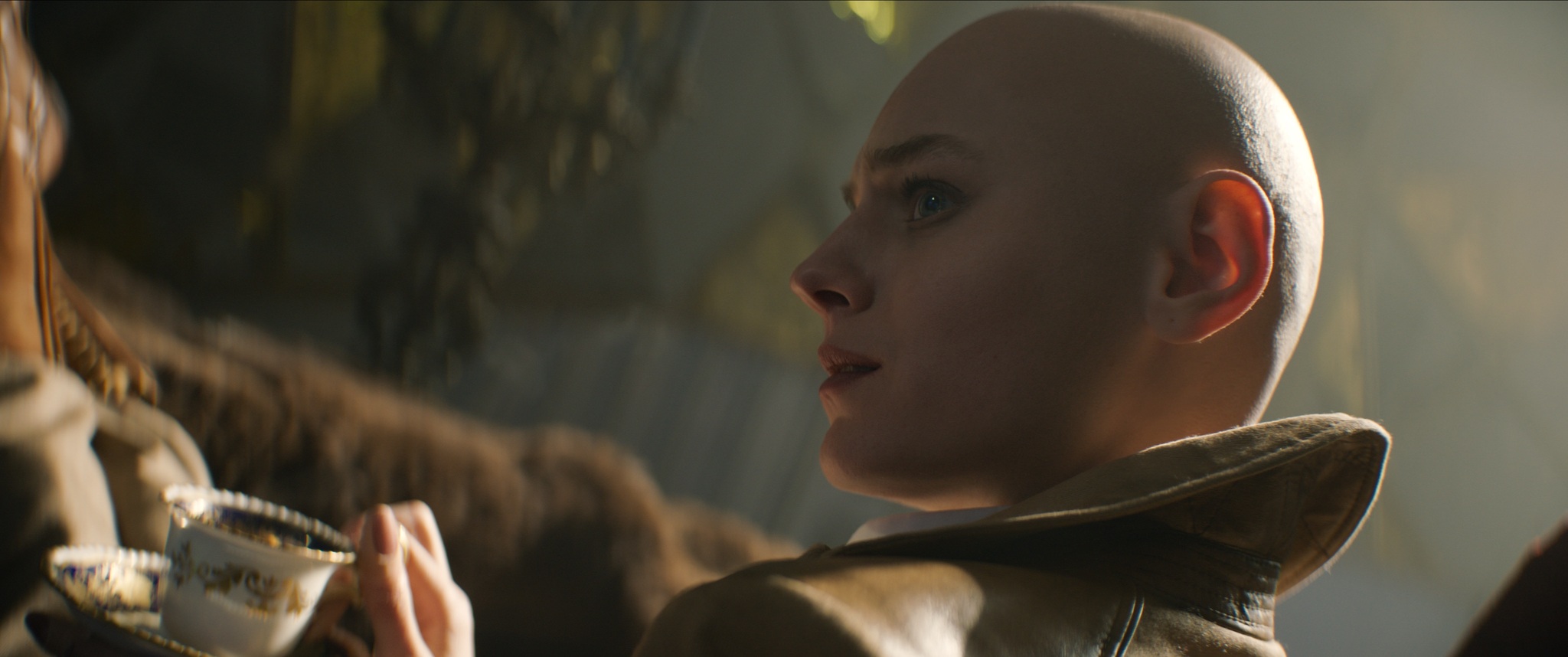Is Seinfeld the granddaddy of Breaking Bad, Game of Thrones, and Westworld? Read on!
Television. The platform that allowed one of the oldest pastimes of us humans to be presented in long-form. I am, of course, referring to the art of storytelling. Yes, while it’s true film came first, it was limited to certain run times. But modern television allowed storytellers to go in-depth and present their stories in full.
For most of its existence, the content presented on television was wholesome, family-oriented, and usually comes with life lessons. The majority of sitcoms followed the hugs and lessons format. By that I mean most of the time, most of the characters did what was morally right
For the last 10 years or so we’ve enjoyed what many have dubbed the golden age of television. Stories with characters that aren’t so wholesome and the lessons learned are much different than before.
While this may sound like the rant of any number of guests on Joe Rogan’s podcast, I believe Seinfeld is at least partly responsible for this age of television we are currently enjoying.
Seinfeld: The Unlikable Quartet
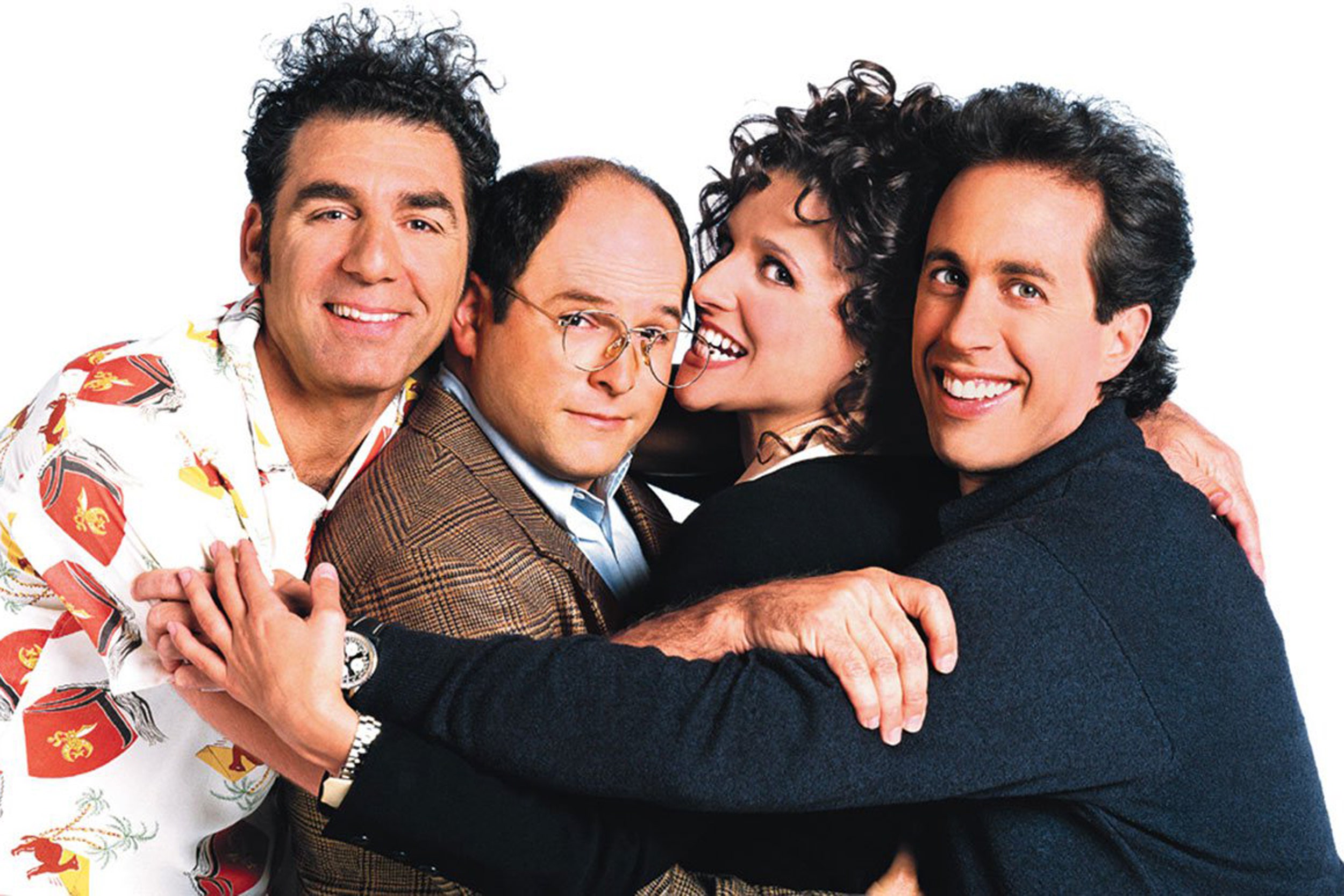
So how is Seinfeld responsible for our golden age?
Because while there were a few others along the way (namely Archie Bunker George Jefferson), I think Seinfeld did much to prove that unlikable people could be likable characters.
The big four of Seinfeld, Jerry, George, Elaine, and Kramer. While they weren’t the worst society had to offer, they also weren’t the best. The show broke the molds of the sitcom thanks to Seinfeld Co-Creator Larry David’s, “No hugs, no learning” rule for the show. On Seinfeld, lessons were rarely learned and when they were, it never incited change in the characters. And rarely did things work out in the end for the characters.
They’ve done everything from Jerry stealing a loaf of rye bread right out an elderly lady’s hands, George pretending he is handicapped in order to land a job, to Jerry and George, and then Elaine drugging a woman in order to play with her vast toy collection.
Below you can find clips of a few examples I picked out.
George pretending to be handicapped in order to land and keep a job.
And here we have Jerry and George, and then Elaine drugging a woman in order to play with her vast toy collection.
Jerry and Newman refusing to give mouth-to-mouth to an employee of their health club.
Now while this was an accident, George did pick out the cheapest wedding invitations available, which lead to his fiancé dying from exposure to toxic glue.
RELATED – Netflix May Be Losing The Office And Friends, But They’ve Just Gained Seinfeld
The Seinfeld gang has also been involved in bootlegging films, cockfighting, calling in a bomb threat to Yankee Stadium, and mocking a man as he was getting mugged.
So it stands to reason that the viewing public was sort of desensitized by the Seinfeld crew. I would argue made way for the likes of characters such as Tony Soprano, Dexter, Walter White, and of course, most anyone on Game of Thrones.
Jerry, George, Elaine, and Kramer weren’t terrible people on the grand scale of things, but in comparison to the majority of other shows on at the time, especially sitcoms, their quirks stood out. And a great deal of the things the four of them uttered, well, let’s just say Twitter would be in an uproar over them in one way or another.
From Seinfeld To Murder
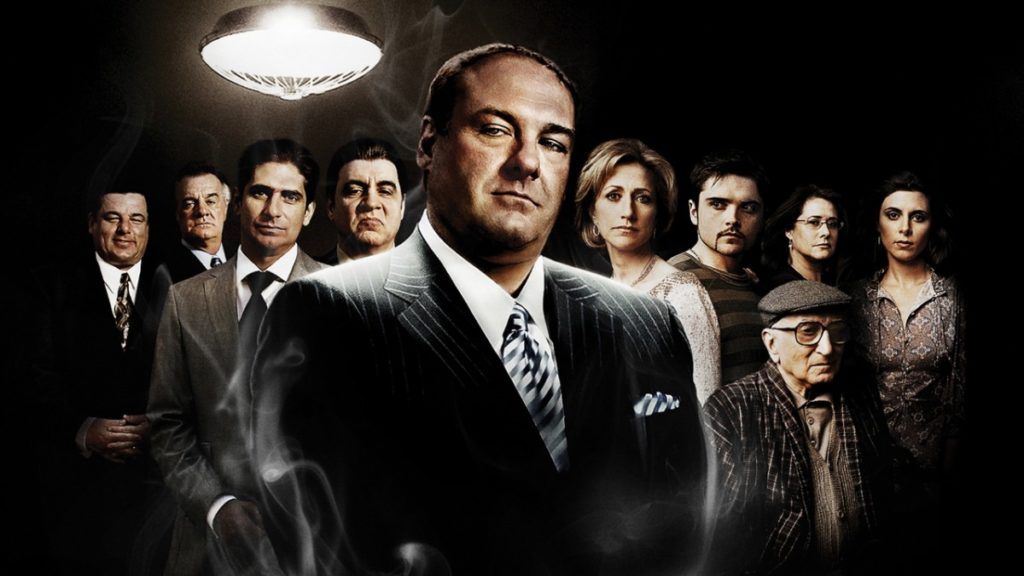
I don’t think any of them had it in them to kill another person. However, Kramer was the prime suspect in a series of murders. Also, as you saw above, Jerry and Newman seemed to be quite alright with letting a guy die. I think this eased viewers into being more accepting of following the stories of characters who weren’t morally good, and who didn’t always do the right thing.
Seinfeld had us laughing at awkward situations where the characters would act in ways the average person would deem socially unacceptable. Though it was still presented in a soft enough way that it was palatable. Seinfeld ended in 1998. One year later, HBO introduced us to The Sopranos. A series that followed New Jersey mobsters, who were also loving, caring family men. Yet, when Tony had to have someone whacked, oftentimes we simply thought, “Well, better them than my guy Tony.”
We all enjoyed Jerry and his friends enough that we put up with, if not enjoyed their antics. The same idea applies to The Sopranos. While Tony, Silvio, Paulie Walnuts, and the rest of the crew are a big step up from a group of selfish, neurotic New Yorkers, I can see the connection.
The Simpsons Did It First

What I see is similar to what The Simpsons Brought. In essence, a relatively normal family, perhaps more real than most of the cookie-cutter families were accustomed to watching, was normalized. The Simpsons cracked the door open for irreverent animated sitcoms, though the show still had heartwarming moments and some compassion. Then South Park came in and just blew the f***ing door off the hinges. This is sort of how I view the jump from Seinfeld to The Sopranos and the other must-see shows that followed in the years after.
Now, I’m not saying that without Seinfeld, we wouldn’t be living in this age of compelling stories with morally gray characters. But I do think the show helped reveal that there were places in television for such unwholesome content. Most sitcoms of the time would, excluding a two-part episode, would reset back to the way things were at the beginning of the episode, think Gilligan’s Island.
Conclusion
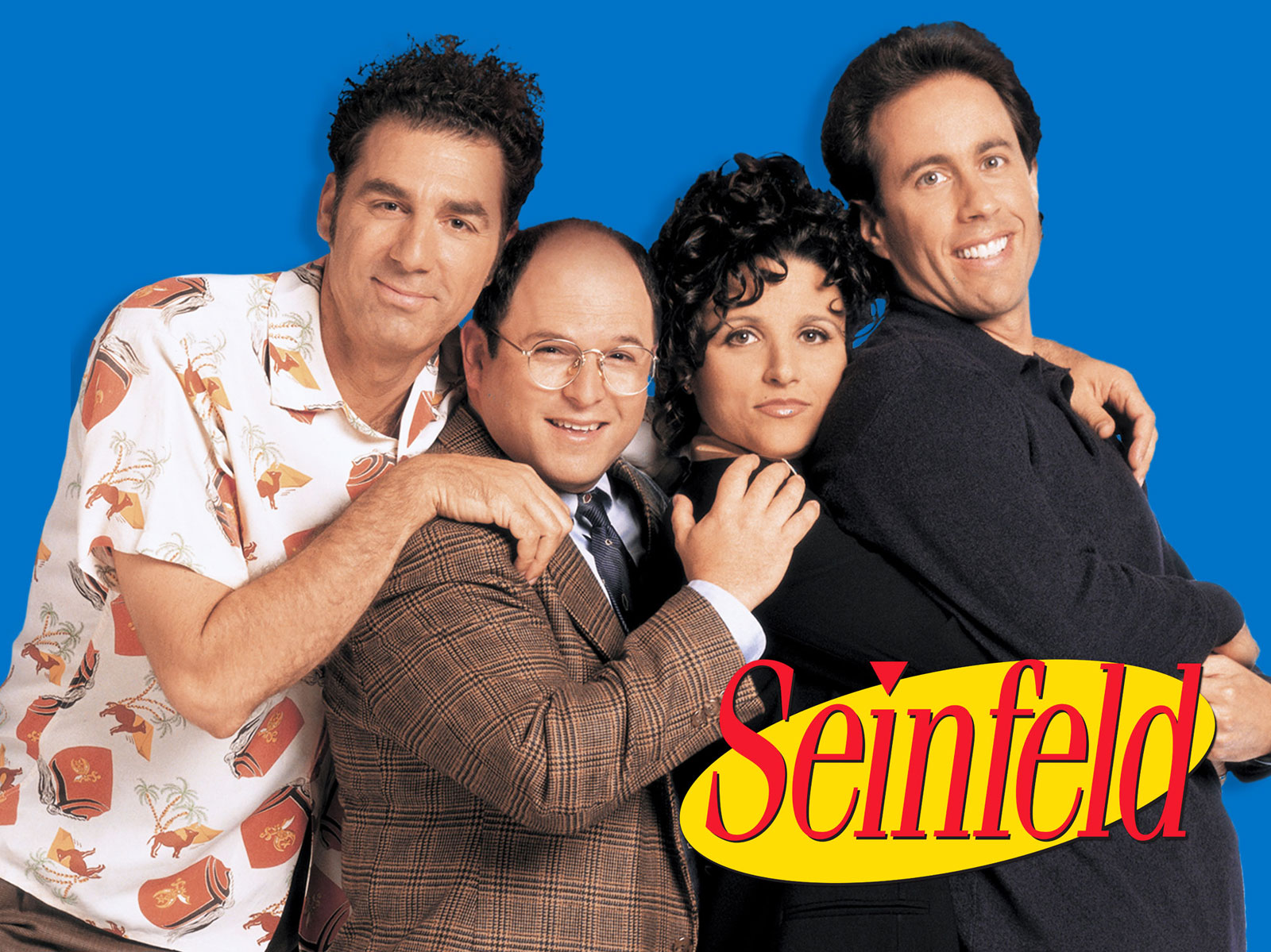
While some of you may see the connection between Seinfeld and some of the best television dramas of all-time as a stretch, the influence of Seinfeld on some of television’s cleverest comedies is much easier to see, and in my opinion, is undeniable.
Not many who are fans of both Seinfeld and Curb Your Enthusiasm would dispute the latter being something like Seinfeld’s rude, foul-mouthed cousin. However, but as odd as it may seem, there’s actually another show that first comes to mind, It’s Always Sunny in Philadelphia.
I will never forget the “It’s like Seinfeld, on crack,” line that first grabbed my attention. The Paddy’s crew took the idea of unlikable people to a new level. I mean, for lack of a better word they’re all a**holes, except Charlie (Ok, on occasion he can be one too).
Seinfeldian storylines can also be found in The League. Likely due to the fact that co-creator of the show, Jeff Schaffer (his wife Jackie being the other creator) credited on 33 episodes of Seinfeld, as well as 30 episodes of Curb Your Enthusiasm. The twisting and intersecting magic of Seinfeld is present in many episodes of The League.
I’ve not found much middle ground as far as people’s opinions on Seinfeld. Most of the time, it’s either loved or hated. I’m not big on Seinfeld’s standup, except when the observational minutia of everyday life is applied on the show.
So tell me if you think I have a point, or if you think I’m out of my mind in the comments down below!
Continue the LRM Online conversation on Discord by CLICKING HERE!
—–
Have you checked out LRM Online’s official podcast feed yet The LRM Online Podcast Network? This includes our flagship podcast Los Fanboys, our premiere podcast Breaking Geek Radio: The Podcast, GeekScholars Movie News, and our morning show LRMornings. Check it out by listening below. It’s also available on all your favorite podcast apps!
Subscribe on: Apple Podcasts | Spotify | SoundCloud | Stitcher | Google Play

 FOR FANBOYS, BY FANBOYS
Have you checked out LRM Online’s official podcasts and videos on The Genreverse Podcast Network? Available on YouTube and all your favorite podcast apps, This multimedia empire includes The Daily CoG, Breaking Geek Radio: The Podcast, GeekScholars Movie News, Anime-Versal Review Podcast, and our Star Wars dedicated podcast The Cantina. Check it out by listening on all your favorite podcast apps, or watching on YouTube!
Subscribe on: Apple Podcasts | Spotify | SoundCloud | Stitcher | Google Play
FOR FANBOYS, BY FANBOYS
Have you checked out LRM Online’s official podcasts and videos on The Genreverse Podcast Network? Available on YouTube and all your favorite podcast apps, This multimedia empire includes The Daily CoG, Breaking Geek Radio: The Podcast, GeekScholars Movie News, Anime-Versal Review Podcast, and our Star Wars dedicated podcast The Cantina. Check it out by listening on all your favorite podcast apps, or watching on YouTube!
Subscribe on: Apple Podcasts | Spotify | SoundCloud | Stitcher | Google Play

